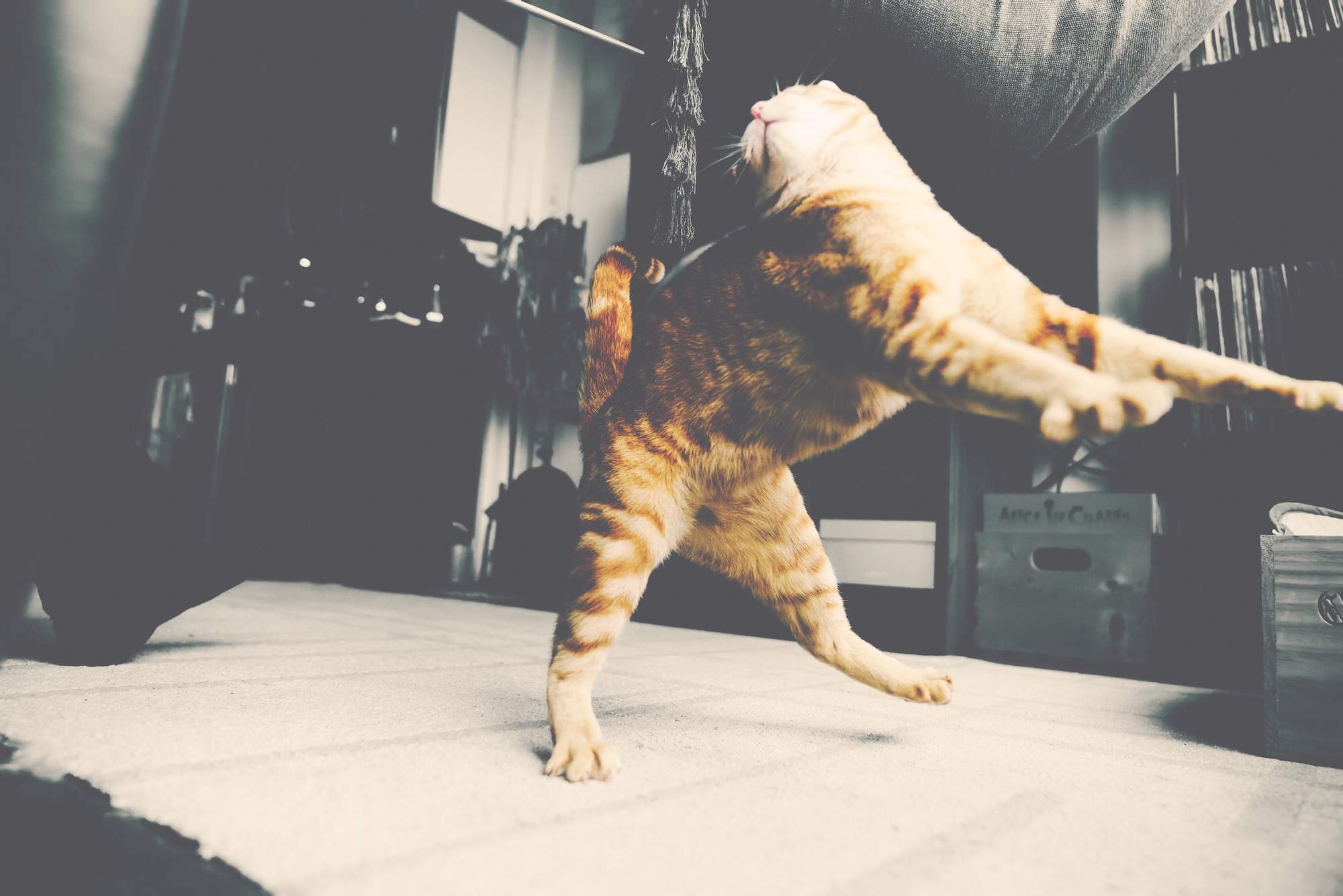
Introduction:
Nestled at the base of the North Shore Mountains in Vancouver lies an industrial relic that stands out amidst the natural splendor – the Sulphur Pile. While its presence may seem incongruous against the backdrop of snow-capped peaks and lush forests, this bright yellow mound holds a fascinating story waiting to be uncovered. Join me as we delve into the details of this intriguing structure and the breathtaking beauty that surrounds it.
The Purpose and Origin of the Sulphur Pile:
The Sulphur Pile serves as a storage facility for elemental sulfur, a byproduct of various industrial processes, including the refining of natural gas and oil. Vancouver’s strategic location as a port city makes it an ideal hub for the import and export of commodities, including sulfur. The pile serves as a temporary repository for this valuable resource before it is shipped to various destinations around the world.
Where Does the Sulphur Come From and What is it Used For?
The sulfur found in the pile primarily originates from natural gas and oil extraction processes. It is extracted in its elemental form and undergoes purification before being stored in the pile. Sulfur is a versatile element with numerous industrial applications, including the production of fertilizers, chemicals, and pharmaceuticals. Additionally, it is used in the manufacturing of rubber, paper, and plastics, making it an essential commodity in various industries worldwide.
Buyers and Market Value:
The sulfur stored in the pile is purchased by a diverse range of industries, including agriculture, manufacturing, and pharmaceuticals, among others. Its market value fluctuates depending on factors such as supply and demand, transportation costs, and global economic conditions. Despite its humble appearance, the sulfur pile represents a significant economic asset, contributing to Vancouver’s role as a key player in the global commodities market.
The Beauty of the Bright Yellow Pile Against the North Shore Mountains:
Despite its industrial origins, the Sulphur Pile possesses a certain allure that is hard to ignore. Against the backdrop of the North Shore Mountains, its vibrant yellow hue creates a striking contrast against the snow-capped peaks and verdant forests. On a clear day, the sun’s rays illuminate the pile, casting a golden glow that seems to radiate warmth even amidst the chilly mountain air.
As one stands before the Sulphur Pile, gazing up at the towering mountains beyond, it’s impossible not to be captivated by the beauty of the scene. The juxtaposition of nature and industry serves as a reminder of the intricate relationship between humankind and the environment, where even the most unexpected elements can coexist in harmony.
Conclusion:
The Sulphur Pile at the base of the North Shore Mountains is more than just an industrial structure; it’s a testament to Vancouver’s rich history and its enduring connection to the global economy. As visitors marvel at its bright yellow facade against the backdrop of the majestic mountains, they are reminded of the beauty that can be found in even the most unexpected places. Truly, the Sulphur Pile is a hidden gem waiting to be discovered amidst the natural splendor of Vancouver’s wilderness.





